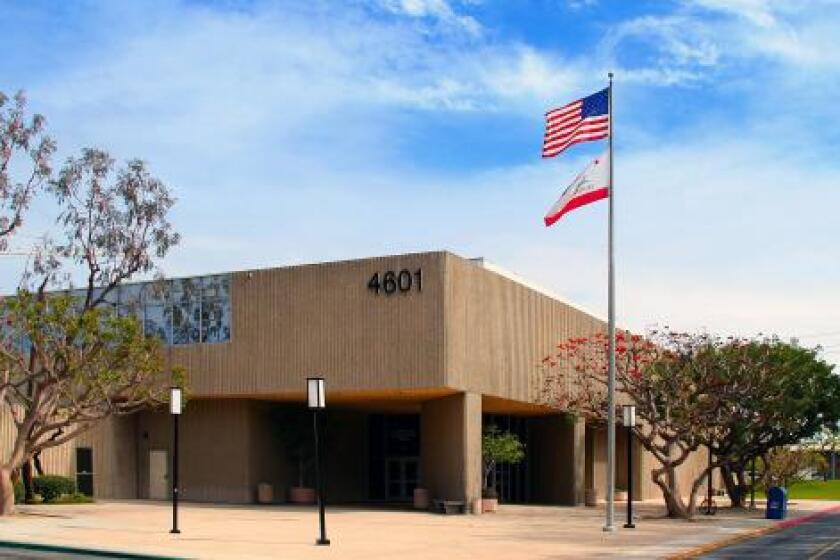Coastal changes nixed
- Share via
California Coastal Commission’s changes to the city’s proposed biological report requirements in its Certified Local Coastal Program got the City Council’s goat Tuesday.
All other changes were approved, but the council declined to accept the commission modifications to the city’s Design Review Ordinance that required an applicant to submit a professionally prepared biological report “for any proposal to clear native vegetation on undeveloped parcels and undeveloped portions of developed parcels that are located within or adjacent to areas designated as moderate-, high- or very high-value habitat on the city’s Biological Values Maps and any other areas that contain environmentally sensitive habitat resources.”
Conspicuously absent was wording contained in the city’s version, which exempts annual weed abatement and approved fuel modification programs and does not include “moderate.”
“Is this about goats?” Councilwoman Toni Iseman demanded.
The city’s approved fuel modification programs include a herd of goats hired to crop a fuel break in the interface with developed areas, opposed by many of the city environmentalists, who have appealed to the commission for curbs.
“It is a pressure point with the commission,” Community Development Director John Montgomery said.
Staff opposes the commission deletion of the exemption for city-approved fuel modification programs or weed abatement.
According to Montgomery’s report, a biological report is already required for approval of a fuel modification program if it includes or is adjacent to areas of high- or very high-value habitat and the city’s program includes habitat protection measures.
In general, staff does not want to hamper approved fuel modification efforts, according to Montgomery.
“The issue with the ‘moderate’ is we don’t have it mapped,” Montgomery said. “We told the commission, and they still recommended the changes”
Furthermore, Montgomery opined, requiring a biological report for a parcel that is already developed is costly and time consuming. It is also problematic for staff to determine the “undeveloped portions” of developed lots if that term is not defined.
Montgomery gave a for-instance: Is the portion of a lot that has a large slope area that has been fuel modified in the past, but has no structure built in that area, developed or undeveloped?
South Laguna resident Penny Elia said no city representative attended the commission meeting when the amendments were heard
“We need to all work together,” Elia said. “I really urge the council to really look at this. We would need to submit another amendment, and we only get three a year. There are other things in the wings.”
Environmental Committee member Lisa Marks said she had spoken to the commission’s Orange County supervisor for regulation and planning, Karl Schwing, and suggested the council should comply with the commission’s recommendations.
“When there is a difference between what the city has accepted and what the commission has accepted it’s very confusing for citizens,” Marks said.
And none too easy for staff, Montgomery said.
“Several projects are not certified,” he said. “As time goes by, it gets more and more tedious trying to determine what has been certified and what has not been certified.”
Laguna is not alone in this dilemma, according to Montgomery.
A group of coastal cities have formed a coalition that is studying the relations between the commission and the communities. Mayor Jane Egly, who represents Laguna on the coalition, said tension is running high.
Tuesday’s 4-1 vote, Iseman opposed, was on the first reading of the amendments to the Certified Local Coastal Program, including the staff-recommended exemption of the commission’s changes to the biological report. A second reading is required to make it official.
All the latest on Orange County from Orange County.
Get our free TimesOC newsletter.
You may occasionally receive promotional content from the Daily Pilot.



